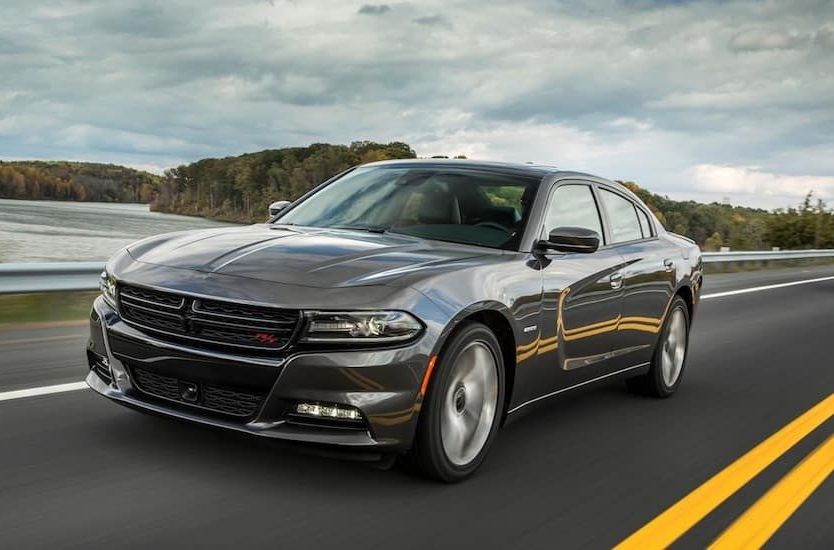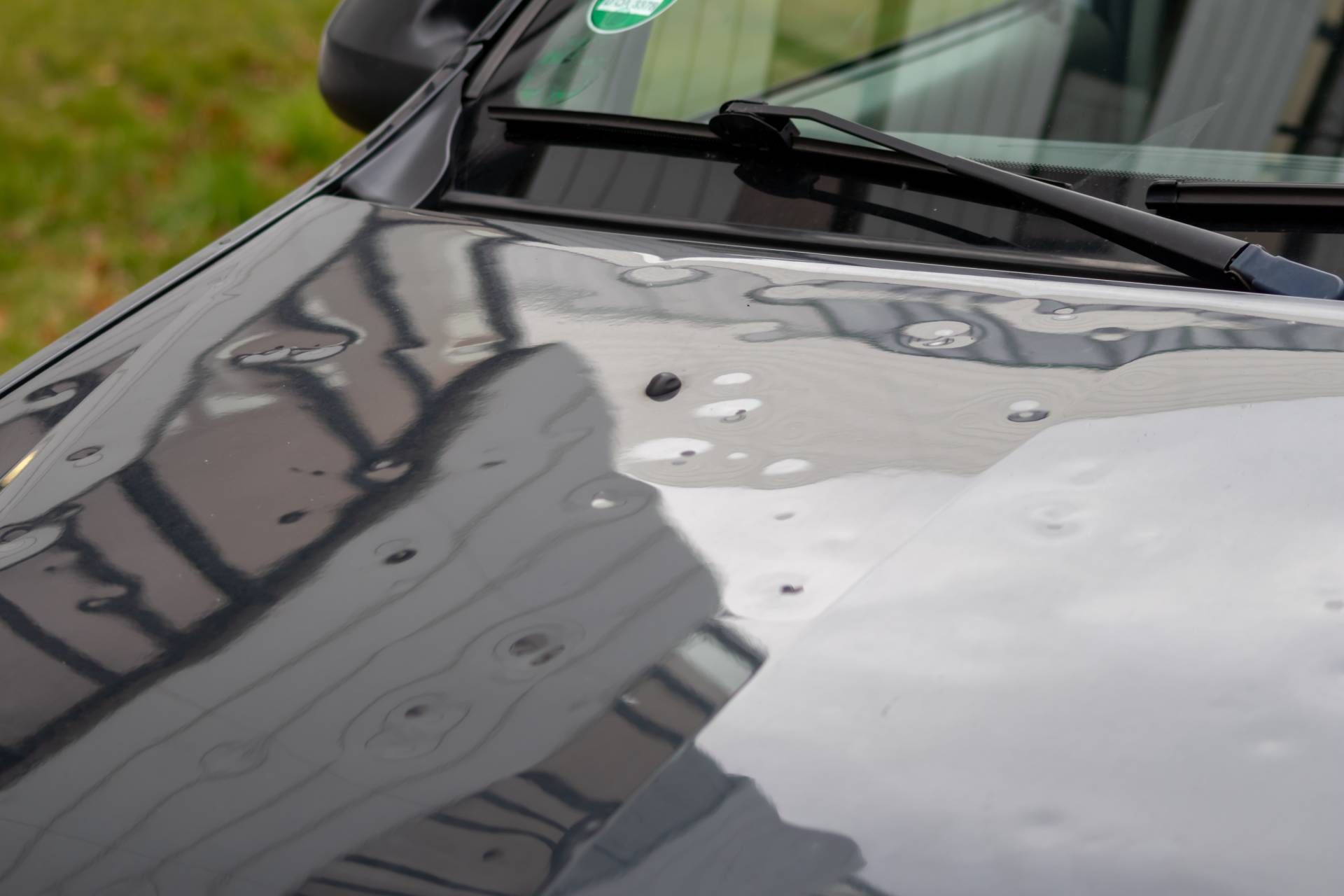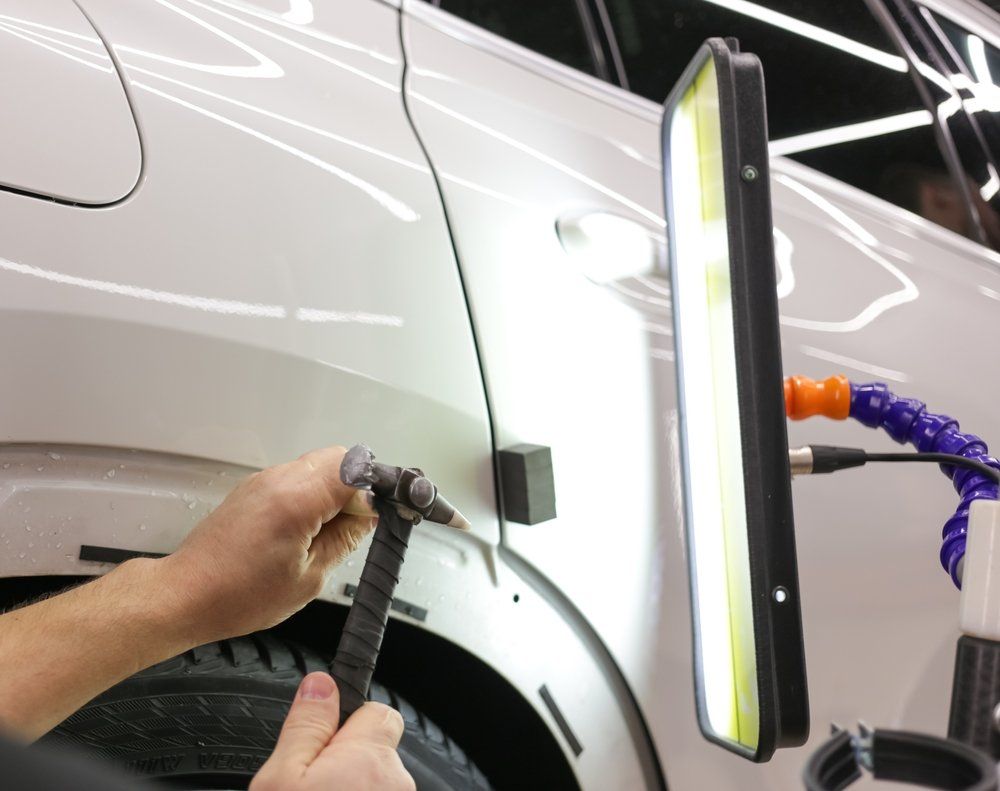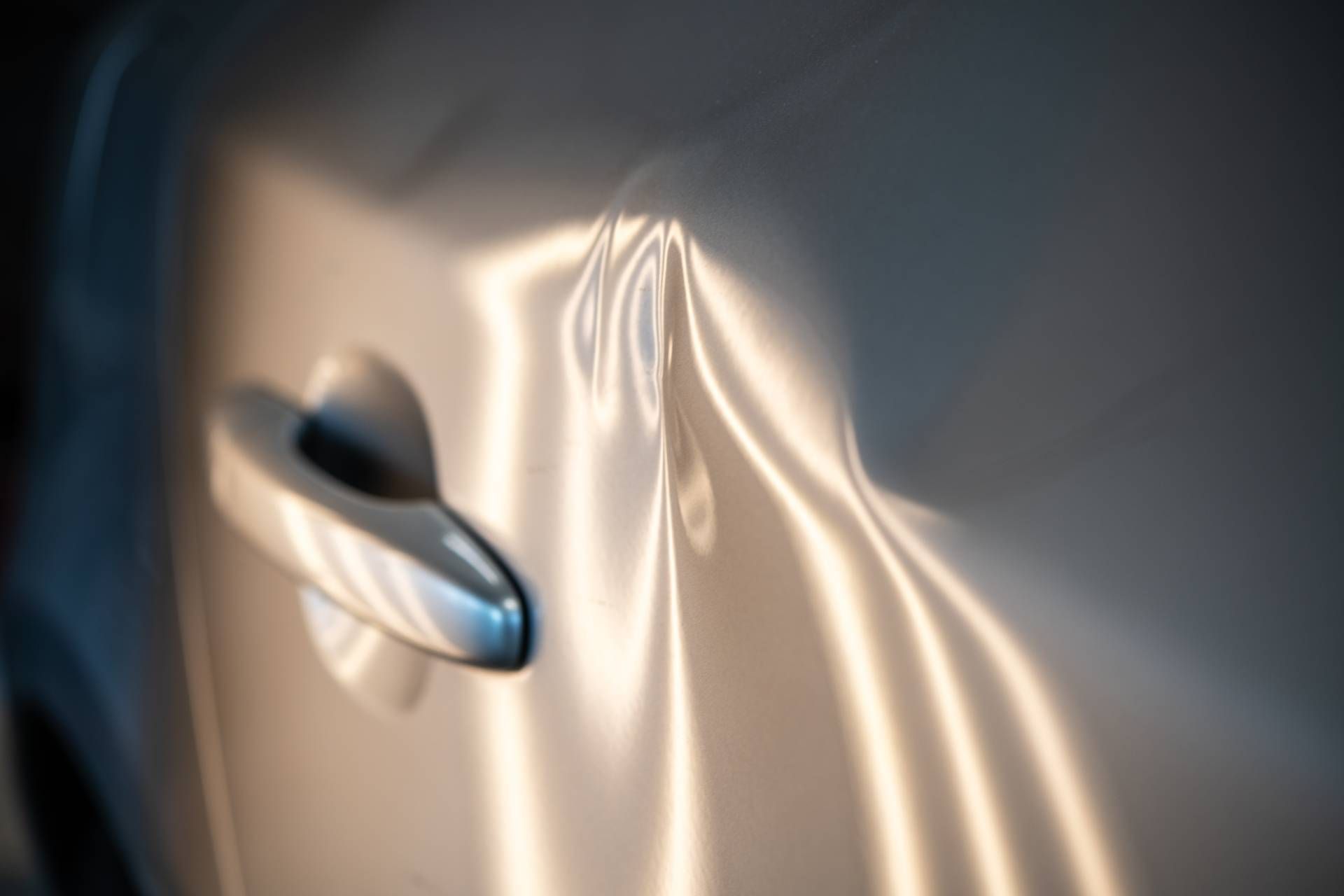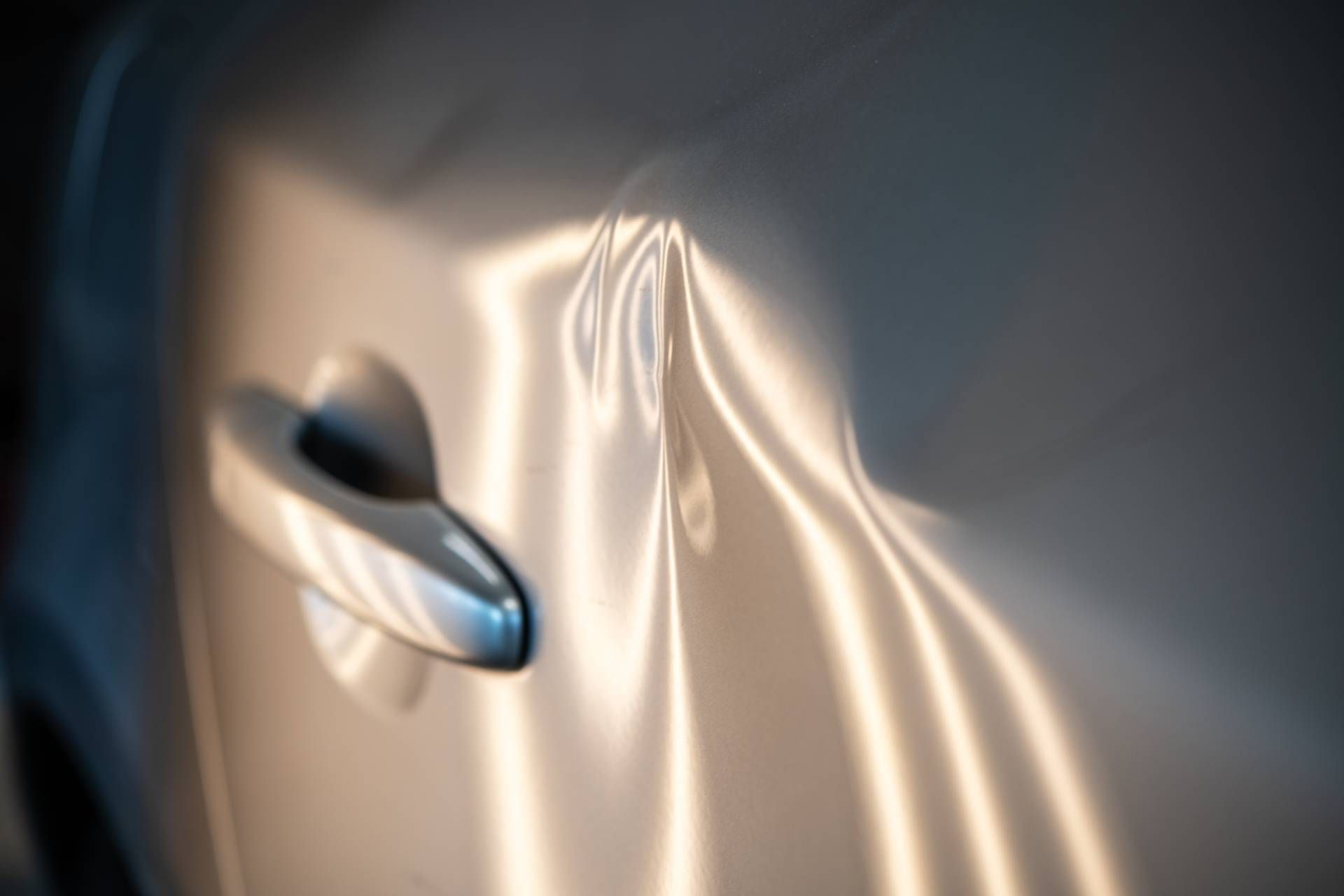The Art and Precision of Pin-Striping: Customizing Your Ride with Style
When it comes to vehicle customization, few techniques stand out as much as pin-striping. This time-honored craft isn’t just about adding a few lines to a car—it’s about transforming an ordinary vehicle into a unique, personal expression of style and character. Whether you’re restoring a classic car or adding flair to a modern ride, pin-striping offers limitless creative possibilities.
What Is Pin-Striping?
At its core, pin-striping involves applying thin lines of paint (typically by hand) to a vehicle’s surface for decorative purposes. These lines can follow the natural contours of a car or truck, highlight certain features, or create intricate patterns. Pin-striping can be subtle and understated or bold and striking, depending on the design and personal preference.
The History of Pin-Striping
While pin-striping is often associated with the golden age of hot rods in the 1950s, its roots go much deeper. The technique has been used for centuries in various forms of transportation, from horse-drawn carriages to motorcycles. In the automotive world, pin-striping gained popularity post-World War II, when enthusiasts began personalizing their cars with flashy designs. Over the decades, it has evolved from a niche practice to a respected art form within the auto customization community.
Types of Pin-Striping: From Traditional to Modern
Pin-striping can take many forms, with different styles suited to different vehicles and tastes:
Single-line pin-striping: This is the most basic form, involving one thin line that runs along the body of the car.
Double-line pin-striping: A more complex approach, with two parallel lines—often of different colors or thicknesses—following the car’s curves.
Scrollwork: Intricate designs or flourishes that bring an artistic touch to the vehicle. Scrollwork often requires a highly skilled artist due to its complexity.
Custom graphic pin-striping: This approach uses freehand designs that can range from flames and geometric patterns to abstract shapes, allowing for a completely unique look.
Hand-Painted vs. Vinyl Pin-Striping
When considering pin-striping for your vehicle, one of the first decisions is whether to go with hand-painted or vinyl pin-striping.
Hand-painted pin-striping is the traditional method and is considered an art form. It requires a steady hand, a skilled artist, and specialized brushes. The results are often more organic, with natural variations in thickness and flow that give the design a handcrafted feel. Hand-painted designs can last for years with proper care, but they also require more time and expertise to apply.
Vinyl pin-striping, on the other hand, is a quicker, more affordable option. Vinyl stripes come in pre-cut shapes or custom designs and can be applied much faster than painted stripes. They are great for those who want a temporary look or for businesses wanting to brand a fleet of vehicles. However, vinyl strips may not have the same durability or personal touch as hand-painted lines.
Why Choose Pin-Striping?
Pin-striping isn’t just about aesthetics—it’s about making a statement. Here’s why many vehicle owners opt for this customization:
Unique Personalization: Pin-striping allows you to give your car a one-of-a-kind look. Whether you’re enhancing a vintage classic or adding flair to a modern vehicle, the possibilities are endless.
Attention to Detail: A well-executed pin-stripe can draw attention to your vehicle’s lines and features, creating a more polished, finished appearance.
Preservation and Protection: In addition to style, pin-striping can also act as a subtle protective layer for your vehicle. The paint can help mask minor scratches or imperfections, giving the car an extra level of care.
Historical Significance: For owners of classic or vintage cars, pin-striping can be an essential aspect of restoration, helping to maintain the historical integrity of the vehicle while adding a personal touch.
The Future of Pin-Striping: Combining Tradition with Innovation
While the art of pin-striping has its roots in tradition, modern technology is opening up new avenues for creativity. Today, artists are experimenting with reflective paints, glow-in-the-dark stripes, and even digital design tools to create custom pin-stripes that change with light or provide added visibility at night.
Additionally, as car culture continues to evolve, pin-striping is finding its way onto a wider range of vehicles, from motorcycles and RVs to boats and even aircraft. Whether it’s a nod to vintage design or a cutting-edge modern twist, pin-striping remains a versatile and enduring method of vehicle personalization.
Finding the Right Pin-Striping Artist
Pin-striping is an art that requires skill, patience, and experience. If you’re considering pin-striping for your vehicle, it’s essential to find an experienced artist who understands the technique and can bring your vision to life. Ask for a portfolio of previous work, and don’t be afraid to discuss your ideas in detail. A good pin-striper will listen to your preferences and provide suggestions to achieve the perfect look.
Final Thoughts: A Timeless Touch for Any Vehicle
Pin-striping is more than just a line of paint on a car—it’s a blend of craftsmanship, creativity, and tradition. Whether you’re looking to make a bold statement or add subtle elegance to your vehicle, pin-striping offers an unparalleled level of customization that’s stood the test of time. With the right artist and design, your vehicle can become a rolling canvas, showcasing your style and attention to detail.
At Dent Clinic, we offer expert pin-striping services tailored to your vision. Whether you want a classic, understated look or a modern, eye-catching design, our skilled team is here to bring your ideas to life. Contact us today to schedule your pin-striping consultation and start personalizing your ride!


